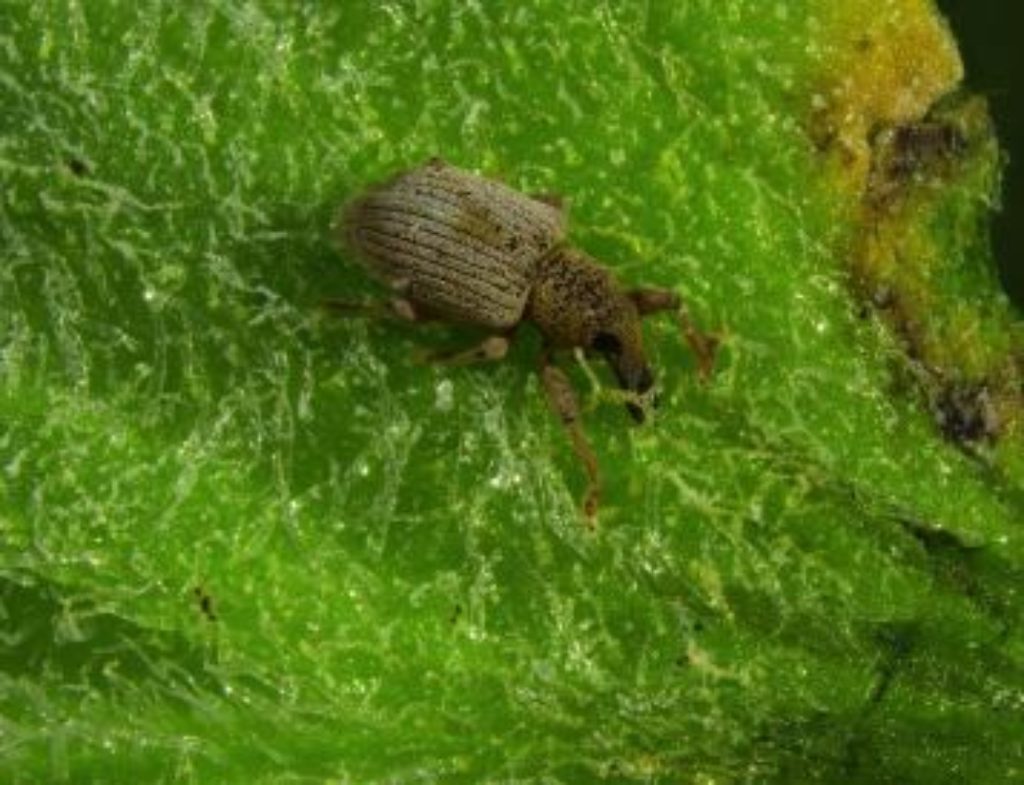Biological Control A World Catalogue of Agents and their Target Weeds

Biological control is a fascinating discipline where experimental projects are conducted at ecoregional scales. Biological control using natural enemies and native organisms is an important tool in the land manager's arsenal of weed control techniques. The practice has been expanding from use primarily on rangelands and aquatic systems into other environments. The editors of this comprehensive work have embarked on the difficult task of cataloging the biological control of invasive plants (noxious weeds) on a global scale. With each successive edition of this World Catalogue of Biological Control of Weeds since 1982, the monumental task of pulling together so much information has been compounded by the ever changing geopolitical landscape and the increasing number of targeted weeds and new biocontrol agents. This book will serve as a valuable reference to practitioners and scientists throughout the world, help foster cooperation of partnerships on new and old projects, and advance the science of biocontrol. Some biological control agents are redistributed to countries, states, regions, etc., where the political entity has relied on host specificity testing conducted in another country or by an adjoining neighbor.
Since the Fourth Edition by M.H. Julien and M.W. Griffiths (1998), the science of plant taxonomy has been greatly enhanced through genetic analysis, often redefining the associations among genera and families beyond that which was previously done through plant morphology. This has led to a slowdown in the approval rate of classical biological control agents in some countries, as they scramble to redefine host specificity protocols. This should, however, lead to the increased safety of implementing biocontrol in the long run.
Biological control is not without risk, but with each passing decade it has become safer when compared to the alternative of allowing invasive weeds to spread unchecked. In recent years there has been a greater concern about evolutionary processes and how these may affect biocontrol agents after they are released in novel environments, and how native plants and crops may be at risk. We should be aware, but cautious, when comparing nontarget impacts of old projects and protocols against new host specificity testing methodology.

For each weed biocontrol system, the editors report the validated status by: the weed and its origin; biocontrol agent, country, release year; notes on establishment, abundance, success/failure; research organization; and references. It is easiest to report the status of biocontrol agents by political units, as there are specific boundaries and conditions that can be easily recorded. It would be nice to report status by ecoregion, since that is where the evolutionary forces act upon their populations, but those units are not always well defined, making reporting more difficult. Care should be taken when analyzing the data herein, as the subjectivity is proportional to the scale at which it is applied.
Not all regional experts are equal in their experience. It has been my personal experience to observe that about one third of all biocontrol agents reported to have failed were later found to have established. There are numerous examples of this reported in this Fifth Edition. However, just because a biocontrol agent is established, this does not mean it is successful or widespread. Regional success usually requires several decades; therefore care should be exercised when analyzing the success of projects. Biocontrol projects less than 10 years old should generally not be included in the analysis of efficacy. Furthermore, the successful control of a weed in some habitats does not always guarantee overall success, especially where land management practices do not change and other weeds present in the system simply move up the ladder. The generally accepted success rate of one third of biocontrol agents being successful is still a very good track record, when one considers those weed systems were likely spreading unchecked before biocontrol was implemented.
Biological control should be part of an interdisciplinary integrated approach to ecologically based vegetation management. This catalog is a great and convenient resource to land managers and practitioners alike, as they apply ecological principles and sound management practices to control noxious and invasive plants. I encourage those who practice weed biological control to continue to make important observations, report their findings, and promote interaction amongst their peers, so that this important World Catalogue may continue to be updated in the future.
Based on: Winston, R.L., M. Schwarzlander, H.L. Hinz, M.D. Day, M.J.W. Cock, and M.H. Julien, Eds. 2025. Biological Control of Weeds: A World Catalogue of Agents and Their Target Weeds. Based on FHTET-2014-04, USDA Forest Service, Forest Health Technology Enterprise Team. Available online at https://www.ibiocontrol.org/catalog/ [Accessed 24 March 2025].

